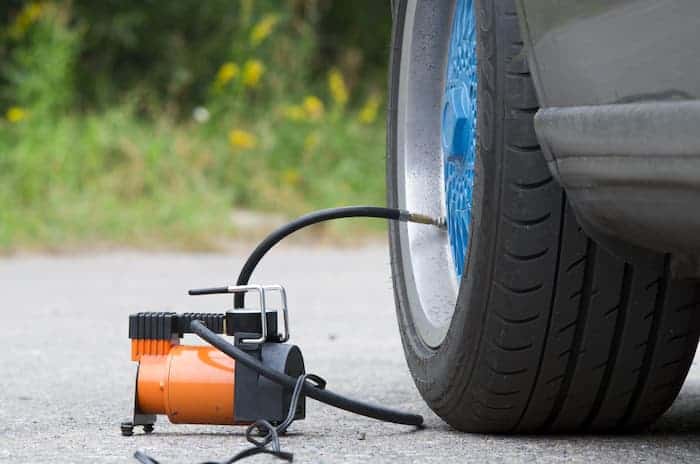Table of Contents
ToggleCar Speaker Installation Steps

Upgrading your car's sound system with new speakers is a great way to improve your driving experience. In this article, we'll walk you through the process of installing car speakers, from choosing the right speakers to testing and troubleshooting. Let's dive in!
total time: 1 hour and 30 minutes
Removing the Old Speakers

If necessary, attach the speaker adapter brackets to your new speakers.
Strip about half an inch of insulation from the speaker wires.
Attach the new speakers to the car's speaker wires using crimp connectors or solder. Ensure the correct polarity by matching the positive and negative wires.
Installing the New Speaker

Position the new speakers in place, aligning the mounting holes.
Secure the speakers with screws or clips.
Reconnect the speaker wires and double-check all connections.
Carefully replace the door panel or speaker grille.
Testing and Troubleshooting

Reconnect the negative battery terminal.
Turn on your car's audio system and test the new speakers for sound quality and proper balance.
If you encounter issues, check all connections and ensure the speakers are securely mounted.
Tools:
- New car speakers
- Screwdrivers (flathead and Phillips)
- Wire cutter and stripper
- Panel removal tool
- Electrical tape or soldering iron
- Crimp connectors or solder
- Speaker adapter brackets (if necessary)
Safety Precautions
Always disconnect the negative battery terminal before working on your car’s electrical system. This prevents accidental short circuits and protects you and your vehicle.
Choosing the Right Car Speakers
Speaker Types
There are two main types of car speakers: coaxial (full-range) and component. Coaxial speakers have a tweeter mounted on top of a woofer, providing a full range of sound from a single unit. Component speakers have separate woofers and tweeters, allowing for better sound quality and customization. Choose the type that best suits your needs and budget.
Compatibility and Power Handling
Ensure the new speakers are compatible with your car’s make and model, and can handle the power output from your head unit or amplifier. Check the speaker’s RMS (continuous) power rating and impedance (measured in ohms) to ensure a proper match.
Additional Tips for Better Sound Quality
- Add sound deadening material to your car doors to reduce vibrations and improve sound quality.
- Properly adjust the settings on your head unit or amplifier for optimal performance.
3. Consider upgrading other components of your car audio system, such as the head unit or amplifier, for a more balanced and powerful sound.
Enhancing Sound with Audio Crossovers
In addition to selecting the right speakers, incorporating a crossover can significantly improve sound quality. A crossover channels high frequencies to tweeters and lows to woofers, preventing distortion. Passive crossovers are a popular choice for their simplicity and do not require a power supply, making them easy to install alongside new speakers.
Maintaining Your Car Speakers
- Keep the speaker grilles and door panels clean to prevent dust buildup.
- Avoid exposing your speakers to excessive moisture or direct sunlight.
- Regularly check connections and mounting hardware for signs of wear or loosening.
Conclusion
Installing car speakers is a straightforward process that can significantly improve your driving experience. By choosing the right speakers, following the installation steps, and maintaining your new sound system, you can enjoy high-quality audio for years to come.
FAQ - How to Install Car Speakers
Can I install car speakers myself, or do I need a professional?
Installing car speakers is a DIY-friendly project for most people. However, if you’re uncomfortable with electrical work or don’t have the necessary tools, consider seeking professional assistance.
How do I know if my car's speakers need replacement?
Signs that your car speakers may need replacement include poor sound quality, distortion, buzzing, or no sound at all.
What's the difference between 2-way and 3-way car speakers?
A 2-way speaker has a woofer and a tweeter, while a 3-way speaker has a woofer, midrange driver, and tweeter. The additional midrange driver in 3-way speakers allows for better sound separation and improved overall audio quality.
Do I need an amplifier for my new car speakers?
While an amplifier isn’t strictly necessary, it can help improve the power and performance of your new speakers. An amplifier is especially useful if your car’s head unit doesn’t provide enough power to drive the speakers effectively.
How can I improve the bass response of my car speakers?
To improve bass response, consider adding a dedicated subwoofer and amplifier to your car audio system. Additionally, adjusting the equalizer settings on your head unit or amplifier can help enhance low-frequency performance.




